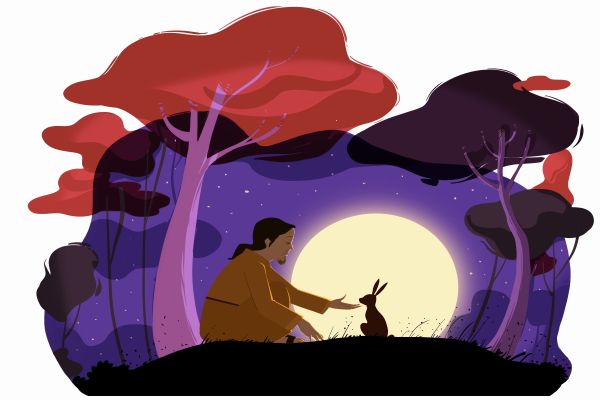What are the secrets of infrasound that help elephants survive? Read on to find out.
Did you know that elephants have a secret language that allows them to communicate over vast distances? One fascinating aspect of elephants is their social structure, which revolves around a matriarchal system. Female elephants lead the herds, typically consisting of related females and their offspring.
The matriarch, often the oldest and most experienced female, plays a crucial role in guiding the herd, making important decisions, and passing down knowledge from one generation to the next. They exhibit remarkable intelligence and employ a variety of communication methods to interact with one another. Trumpets, rumbles, grunts, body languages such as ear and tail movements, and body posture are all part of their vocabulary.
However, one of the most intriguing aspects of elephant communication is their use of infrasound. Infrasound, which consists of low-frequency vocalisations, plays a critical role in elephant communication, particularly over long distances. When elephants sense imminent danger, they emit these low-frequency calls that can travel up to an astonishing 10km. By doing so, they effectively warn the rest of the family, enabling them to stay together and evade potential threats.
Male elephants, on the other hand, follow a different trajectory. As they reach maturity, young males leave the herd and embark on solitary or bachelor lives. They may form temporary associations with other males, engaging in social interactions and learning essential skills for their eventual role as breeding bulls. However, the majority of their adult lives are spent alone or in the company of other males until they are ready to compete for the opportunity to mate with females.
The use of infrasound by elephants not only sheds light on fascinating facts about these gentle giants but also serves as a reminder that in the natural world, every individual is an essential part of a greater whole. Survival is a collaborative effort, where unity and adaptability are crucial.
When faced with challenges, we can draw inspiration from elephants. They teach us that survival goes beyond mere physical prowess and involves adaptability, resilience, and unity. Just like the elephants, we too can navigate the trials of life by staying connected, working together, and embracing our collective strength. So, the next time you marvel at the grandeur of elephants, remember the secrets of their infrasound communication. It is a testament to their extraordinary abilities and a reminder of the power of unity in the face of adversity. Let us learn from elephants and strive to be not just the fittest, but the most adaptable, resilient, and united.
Fun facts
Communication: Their sound can travel long distances through various terrains, including dense forests and savannahs.
Detection: Specialised structures in their ears are sensitive to infrasound. These structures, known as the ossicles, are located in the middle ear and help amplify the low-frequency sounds. This adaptation allows elephants to detect infrasound signals produced by other elephants, even when they are beyond the range of human hearing.
Long-distance communication: They can convey information about their location, reproductive state, and potential threats to other elephants in the area.
Alarm calls: When elephants detect a predator or perceive a threat, they may emit low-frequency alarm calls that can travel several kilometres, alerting other members of their group to be cautious and ready to respond.
Emotional signals: They also use sound to express emotions among elephants. For example, during social interactions, such as mating rituals or aggressive encounters, elephants may produce infrasound vocalisations that convey their emotional states to other individuals.
Human applications: The study of elephant infrasound has also found practical applications in human activities. Researchers have used infrasound monitoring to track elephant movements and behaviour, as well as to detect illegal activities such as poaching or logging in protected areas where elephants reside.
Amboseli National Park in Kenya is home to over 1600 individual elephants that freely roam its diverse ecosystem. The park’s varied habitats, including cool wetlands and sunlit areas, provide fertile ground for the increasing population of Amboseli elephants. Moreover, Amboseli holds the world record for the longest elephant tusks and largest elephants.











